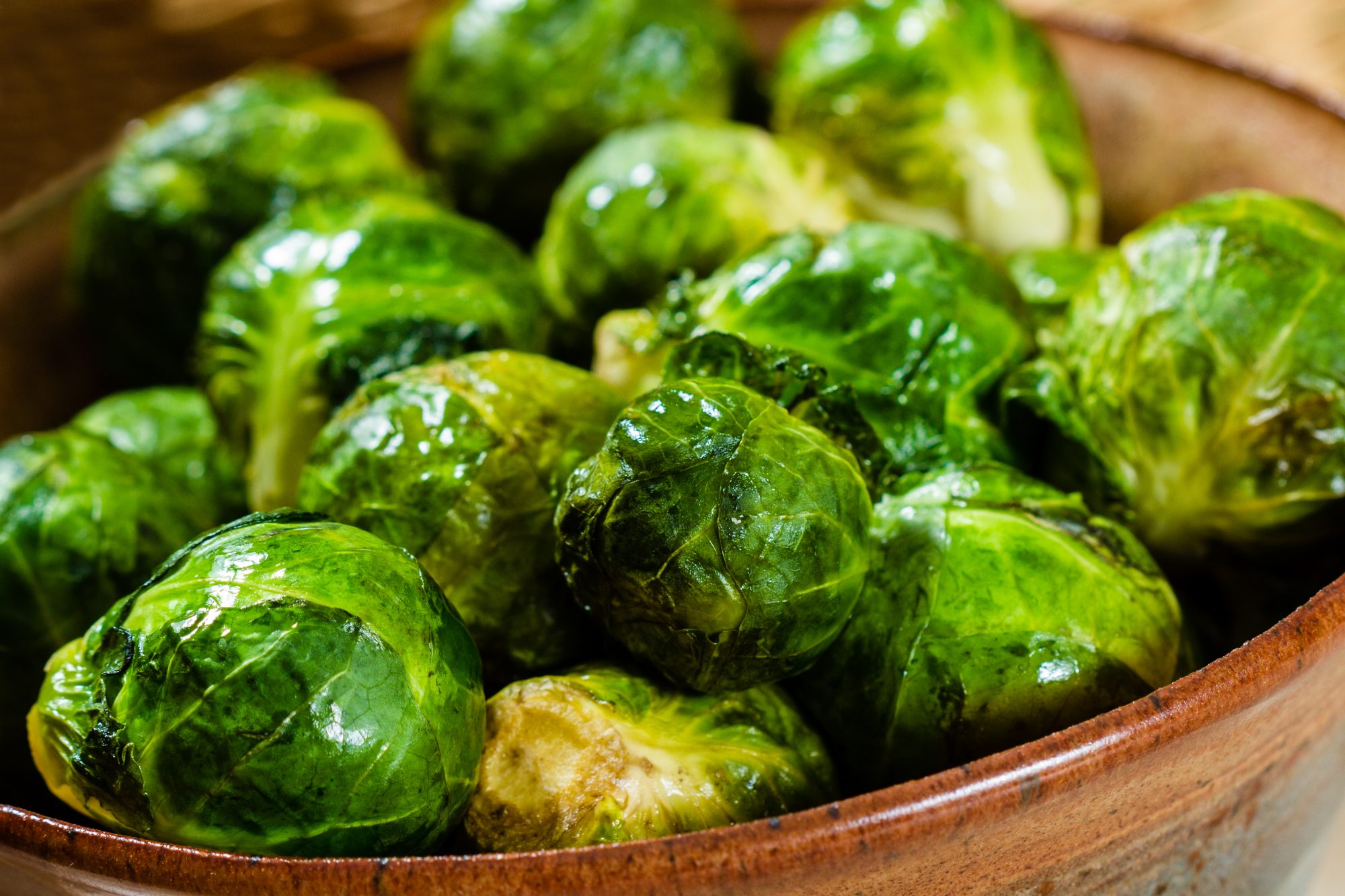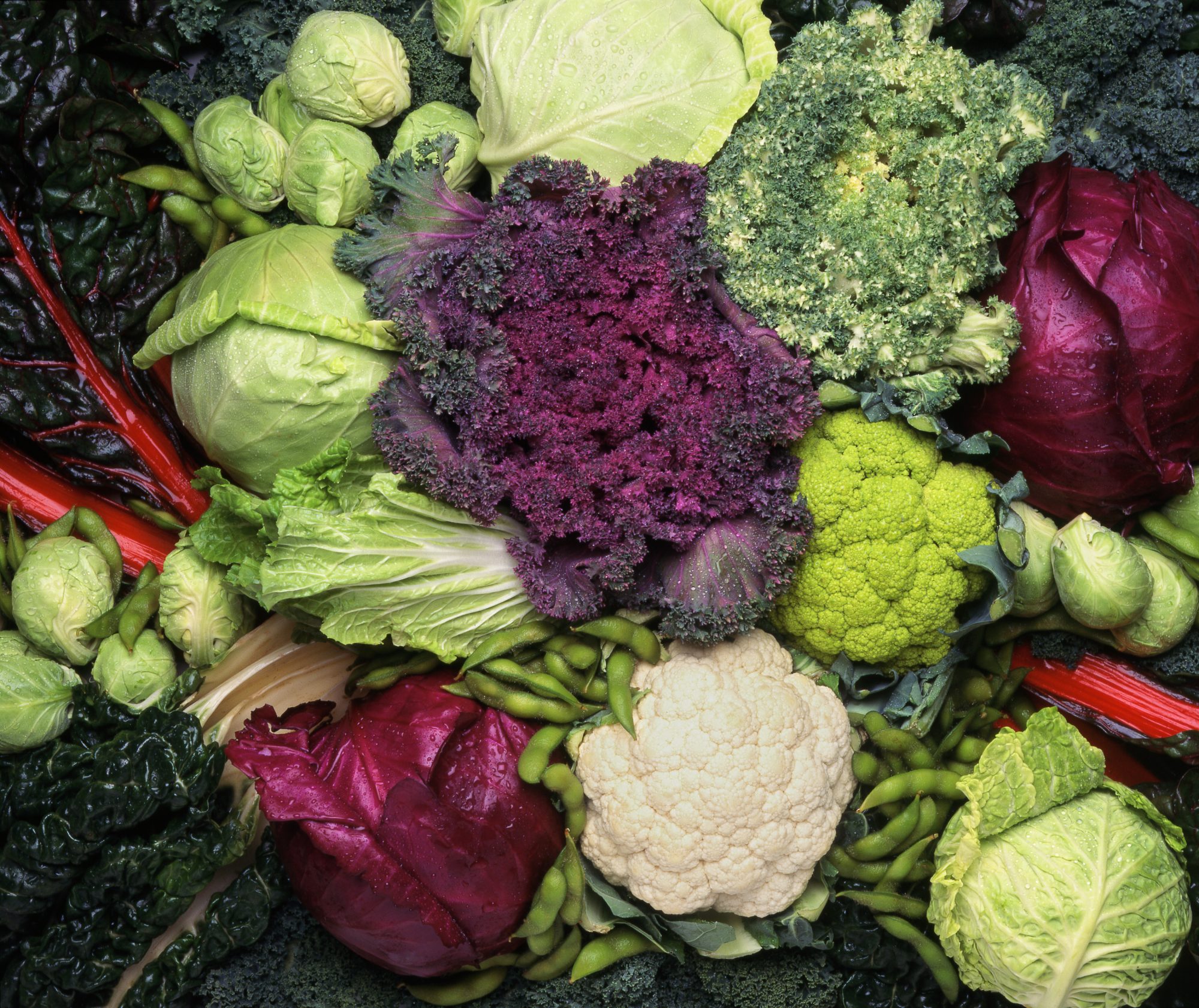The health benefits of sulfur-rich vegetables is well-known, but can we quantify the organosulfur content in vegetables?
Studying the health benefits of sulfur compounds in vegetables, such as onions and garlic, has not been straightforward to examine.
This is because the levels and types of reactive polysulfides found in different vegetables had not been accurately measured.
Researchers established a method to analyse organosulfur content in vegetables
Assistant Professor Shingo Kasamatsu from the Osaka Metropolitan University Graduate School of Science led a research team that established a method for selective and sensitive detection of reactive polysulfides. Reactive polysulfides can act as potent antioxidants.
The total reactive polysulfide content of 22 vegetables, including onions and garlic, was quantified using mass spectrometry with a stable-isotope dilution method. The findings can be found in Food Chemistry.
In order to analyse the overall characteristics of the reactive polysulfide, the team also measured the polysulfide content in vegetables.
This meant that Dr. Kasamatsu’s team was the first to reveal that high levels of reactive polysulfides could be found in the following:
- Vegetables of the leek genus (Allium), such as onions and garlic
- Cruciferous vegetables (Brassicaceae), such as broccoli and cabbage

The results will help develop food supplements rich in reactive polysulfide
“The results of this study will provide a basis for research on reactive polysulfides in food, whose detailed properties and endogeous production mechanisms have not yet been clarified. This will significantly contribute to the development of the research field,” Dr Kasamatsu explained.
‘Supplements rich in reactive polysulfide that exhibit superior antioxidant activity’
“In the future, we expect that this research will be helpful for developing foods and supplements rich in reactive polysulfide that exhibit superior antioxidant activity.”











